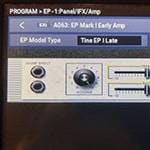Cheena: How to Easily Modify a Playtech for Under 30,000 Yen—Twitter Project "#30kPlaytechChallenge" Now Ongoing!
Related Articles:
<Part 1>
Customize Your Playtech for Under 30,000 yen! PB450 Edition
Customize Your Playtech for Under 30,000 yen! TL250 Edition
<Part 2>
Customize Your Playtech for Under 30,000 yen! ST250 Edition
Customize Your Playtech for Under 30,000 yen! JB420 Edition
<Part 3>
Customize Your Playtech for Under 30,000 yen! LP400 Edition
Customize Your Playtech for Under 30,000 yen! AB420 Edition
<Part 4>
Customize Your Playtech for Under 30,000 yen! Unconventionally Shaped Guitar Edition
This time, we focus on the semi-hollow series SA10/20/30/500, a lineup unmatched by other manufacturers!
PLAYTECH / SA500 Flame Natural
Regulations for the #30kPlaytechChallenge
- Avoid making significant modifications to the wood.
- Minor adjustments, such as drilling small holes or using a reamer to enlarge existing holes, are acceptable.
- Ensure all modifications fit within the scope of an actual instrument.
- The 30,000-yen budget does not include the cost of the instrument itself.
- Aim to create something as unique and bold as possible.
This time, the challenge presents a tricky aspect: working with semi-hollow bodies.
Since all electronics must be installed and secured through the F-holes, there are size restrictions to consider.
Nemoto: "Always nervous, but we’ve got to do it."
And so, here we go! The base model for this project is the SA20.
VIBRAMATE / V7-LP Mounting Kit C
Total: ¥28,580 (as of September 5, 2022)
Inspired by the Epiphone Casino VT, I aimed for something in that vein. Since this is a semi-hollow guitar, the P-90 pickups should stand out even more with their solid tonal characteristics compared to the fully hollow Casino. Plus, the Bigsby vibrato unit is something I personally trust. While a Vibramate is optional, it's not a must-have.
Cheena: It seems we inevitably focus on the exterior customization, huh?
That said, mounting a long-type Bigsby is a solid choice. Given the slightly lower center of balance in the SA20's aesthetics, I think a trapeze tailpiece or a Bigsby B7 suits it better than options like the Les Trem or FRX.
I'll base my project on the SA30 this time!
DIMARZIO / DP167D BLACK P90 Dog Ear
The options for Dog Ear pickups are pretty limited. I was torn between Seymour Duncan and DiMarzio, but I ultimately chose DiMarzio because aged hardware might clash with the surrounding components.
The process involves threading the pickup wires through the pots pulled out from the F-hole, then drawing them back through the pickup cavity for the swap. The tricky part is reinstalling the pots, but with just two of them, it’s manageable. That said, configurations with 2 pickups, 4 knobs, and a selector switch can be a real headache—especially if you're rewiring everything from scratch.
DEL RITMO / Black candy 0.022uF/630VDC
Since I’m already pulling out all the electronics, I’ll make some adjustments along the way. Given that the DP167D has a naturally warm tone, I’ve set the black candy capacitor to 0.022μF to avoid overly heavy bass. This should keep the sound balanced and articulate.
As for the jack, it’s up to personal preference, but I think sticking with this tried-and-true choice is the way to go.
There’s also a jack option that utilizes Perfect Lock Bolt, which prevents loosening. However, the downside is that if you can’t insert the screw straight, it’s easy to strip the threads. This makes it unsuitable for work in less stable environments.
GOTOH / SD90-MG-T-SL-L3R3-Nickel
For the tuning machines, I prioritized appearance—keystone-style pegs look amazing! Functionality aside, the style is worth it.
The total cost for all four upgrades comes to ¥24,618 (as of September 5, 2022).
I’m not specifying strings, but if you’re into old-school rhythmic jazz guitar, I recommend a set with a wound 3rd string. For shimmering tones, Nashville Tuning is a fantastic choice.
Nemoto: That’s a solid custom job. But yeah, replacing pots on a semi-hollow is such a hassle... Alright, next up—let’s go with the SA20. Black, of course.
DIMARZIO / DP283G Pole Pieces Gold
Total: ¥23,938 (PU x2, tailpiece price is based on reference as it’s discontinued)
A semi-hollow guitar with fine tuners and gold pickups—a design inspired by Lucille. I wanted to go all-out with gold hardware, but it wasn’t feasible within the budget. Alternatively, you could keep the pickups standard and upgrade the other hardware to gold. A black semi-hollow with fine tuners? Someone might go, “Oh, is that a Lucille?” and you might end up having a passionate chat with a blues fan.
Cheena: Fine tuners like this seem pointless, but they’re undeniably cool. As for the mini-humbuckers, the measurements suggest they’ll fit into a P90 cavity. Gold-covered, ear-style P90s are rare, though... If you really want to chase that Lucille vibe, you could refinish the SA500. I’ll warn you, though—it’s a monumental hassle.
Nemoto: Refinishing an archtop? No way, too much work—I’d never want to do it, haha.
Cheena: You’d be relying heavily on violin scrapers for that job.
Alright, let’s move on… How about customizing one of the SA series veterans, the SA500?
That said, modifying it can be tricky. The pickups are a hassle, and a Bigsby is pretty standard fare. If we were to drill a large hole and add a backplate, the possibilities would be endless, but since that’s not an option, we’ll stick to what’s feasible. Time to dive into some hardcore customization!
How about using something like this?
Nemoto: That’s definitely a reliable part.
The SA500, huh…
One Control / Minimal Series Black Loop
Total for 2 items: ¥16,280 (as of September 5, 2022)
Semi-hollow guitars naturally produce a decent acoustic sound, and since the unplugged tone is quite pleasant, combining an acoustic guitar pickup with a switcher lets you use both electric and acoustic sounds. It’s not unheard of for players to mic up their semi-hollow guitars like acoustics to amplify the natural tone. While adding extra switches or pots would work, modifying the electronics is a hassle, so this setup is intentionally kept low-maintenance.
That said, this approach works for the entire SA series, so it might feel a bit too “general-purpose” to be truly unique.
Cheena: This could be applied to almost any guitar, really…
Nemoto: True, but I’ve never seen someone mic up a solid-body guitar for its acoustic tone, so the concept stems from the semi-hollow’s unique qualities.
Cheena: Agreed. It’s not a solution like installing a GK pickup, so it still fits. However, sealing off all electromagnetic pickups limits your options quite a bit. I considered installing a tailpiece/saddle-integrated bridge on the SA10, but its anchor spacing is about 4mm too wide, so it’s a tough fit.
Maybe I’ll just use this setup on the SA30 instead.
Since I’m going with the idea that “a fully black bridge looks cool,” I’ll go ahead and make all the other major hardware parts black as well. Let’s embrace the full blacked-out aesthetic!
GOTOH / SG381-MGT-04-L3R3-Black
The product code specifies a "Rotomatic-style (SG), angled screw hole position (381), Magnum Lock Traditional (MG-T), keystone-shaped buttons (04), L3R3 configuration (L3R3), in black (Black)." That said, this is purely a preference, and other configurations would work just fine too.
As expected, there’s no black option for trapeze or floating tailpieces.
As expected, there’s no black option for trapeze or floating tailpieces.
Nemoto: Black hardware doesn’t have a long history, so it might not be favored for vintage looks, though a jet-black semi-hollow would still look amazing.
Cheena: You do see the occasional "Black Beauty" semi-hollow. Black Bigsbys exist, but with archtop bridges like on the SA30, there’s a risk of the bridge slipping and causing scratches, which makes tremolos less desirable for this style.
Nemoto: I don’t know much about guitars, but I think Warwick had a black semi-hollow model. And yeah, it’s eye-opening to think about bridges slipping when they’re not stud-mounted. Makes perfect sense now that you mention it—I’ve still got a lot to learn!
Cheena: Oh, I could have been clearer. On guitars like Gibson or Guild models, you sometimes see Bigsbys installed on fixed or non-roller bridges. While it works, there are concerns about stability during intense tremolo use. Plus, if the work isn’t professionally done, it may not fit properly, increasing the risk of damage.
Nemoto: Got it. Those kinds of bridges are weirdly good at maintaining accurate intonation despite their simplicity—it’s fascinating. Anyway, next, I’ll work on an SA10-based project!
DIMARZIO / Tone Zone & Humbucker From Hell Set
Total for 2 items: ¥27,063 (as of September 5, 2022)
Combining a loud pickup with a sustain-enhancing bridge results in a bold and flashy tone. Depending on the settings and the player, a semi-hollow can sound even more rock-oriented than a Les Paul. That’s the vibe I’m aiming for here.
As for the bridge, I’m not sure if this particular one will fit. There are several variations and sizes, so make sure to measure carefully before purchasing.
Cheena: Pickup swaps have entered the game! Semi-hollows are more prone to feedback compared to solid bodies, so stuffing foam into the pickup cavity can help mitigate that.
There’s also the technique of stuffing cloth into the F-holes to reduce feedback, but… let’s be honest, it doesn’t look great.
Nemoto: You’ve got to tackle pickups eventually to keep the ideas flowing. When swapping pickups, the most challenging part is the jack. Pots and pickups are relatively manageable. Before removing a pot, tie a string or thread around it—it acts as a tag. You can pull the thread to guide the pot back into place later. With jacks, it’s trickier. Using thin polyethylene fishing line (like PE 0.4) might make it doable. Stuffing cloth too tightly can degrade the sound and absorb moisture, leading to unpleasant odors, so proceed gradually.
PE 0.4: A fine polyethylene fishing line (monofilament).
Cheena: Good point. When dealing with jacks, try inserting two hex wrenches and taping them in place inside the body to form a T-shape, then attach a thread. This setup makes it easier to hold and turn the bolt.
Oh, let me introduce what I call the “Reverse Nashville” custom:
まずピックアップは低音が弱め~フラットで、なおかつ弦ごとの補正がされてないもの(例:フラットポールピース、1. Use pickups with weaker or flat bass response and no string-specific compensation (e.g., flat pole pieces or round blade types).
2. String the guitar with two sets of light gauge strings as follows: E2-A2-D3-G2-B2-E3, where the top three strings are an octave lower.
- You can choose whether to use E-D strings or A-G strings for the top three. The former has higher tension but consistent tone and feel, while the latter has lower tension but results in a plain 1st string (E3).
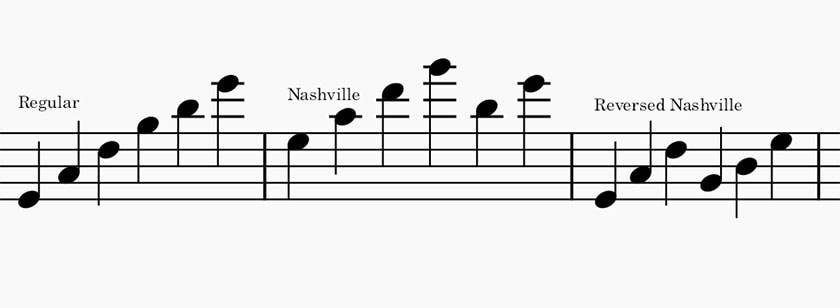
For this custom, cutting the nut slots is essential, and be mindful that Gotoh Magnum Lock tuners have varying post hole diameters for different strings. If you keep the same gauge strings without adjusting, the neck may bow significantly, so don’t forget to compensate.
Nemoto: I can’t explain why, but I imagine a bluesy Black guitarist playing this in my head. Purely visual—someone like B.B. King.
Cheena: Whether it suits sweet lead playing depends on the player’s skill. Personally, I think it’s great for rhythm playing, giving a baritone guitar-like vibe with a cleaner, more distinct tone compared to true baritone or bass guitars.
Nemoto: You’re a true craftsman.
Next, I’ll work on an SA30-based project!
SEYMOUR DUNCAN / Antiquity Retrospec'd P90 Dog Ear Neck Black
Total for 2 items: ¥24,380 (as of September 5, 2022)
This is a straightforward upgrade. By using Seymour Duncan Antiquity pickups, the tone becomes sweeter and fuller. Swapping the bridge for one with adjustable string height enhances playability. If the front pickup were mounted about 2cm closer to the neck, it could transform into a great jazz guitar—but relocating the mounting position would require significant woodworking.
Cheena: Cheena: It’s unclear if it’s feasible, but there are methods for doing it. It would involve pretty heavy modifications, though.
GUILD / Guild Dearmond RHYTHM CHIEF 1100
These neck-mount or fingerboard-mount pickups are attached using brackets and screws in a groove carved near the neck. This allows the pickup to be flush with the neck end.
However, depending on the fingerboard and fret height, even when the pickup is lowered as much as possible, it may still touch the strings. Ideally, aim for at least 12mm of clearance to avoid contact, but confirm based on your specific instrument.
For the SA series, the pickup wires can be routed under the pickguard and through the F-hole to connect to the original wiring setup.
Nemoto: I didn’t know such pickups existed. With a depth of 25mm, you might need to remove the existing pickups, but this setup seems doable as is.
Cheena: These pickups were originally designed for “pick guitars” (acoustic archtop guitars with F-holes instead of a round soundhole, and no built-in electronics, like models from Gibson, Loar, or Gretsch). Since their form factor is similar, they should work fine. They’re not widely known, so when searching online, use exact match queries to avoid being flooded with results for guitar picks.
Nemoto: When I think of pickups added to pick guitars, names like D’Aquisto immediately come to mind.
Cheena: D’Aquisto, and D’Angelico too—they both make stunning guitars.
Nemoto: Makes me want to listen to Jim Hall again.
Cheena: Looks like we’re going off-topic… This is getting long, so should we wrap it up?
Nemoto: Sounds good. Thanks a lot!
We’re looking forward to everyone’s submissions!
Cheena: Thank you very much!
Twitter Project: #30kPlaytechChallenge is On!
Do you love customizing? Imagine your favorite instrument with personalized parts and sound...
Have you tried it before? Never done it?
Why not share your creative ideas on Twitter?
Of course, experienced customizers are welcome too!
Rules for String Instrument Customization:
- Keep the budget around 30,000 yen (~$200).
- Avoid significant modifications to the wood.
- Simple work like adding pots, pre-drilling screw holes, or expanding with a reamer is allowed.
- Keep the ideas within practical limits for real instruments.
Let your imagination run wild with custom ideas for Playtech instruments!
■ Eligible Instruments:
Playtech Guitars and Basses
■ How to Enter:
Post on Twitter with the hashtag #30kPlaytechChallenge, including your custom instrument name and concept details.
No need to actually build anything—this is all about sharing your dream mods! Even the organizers aren’t building theirs!
You can see articles featuring modified instrument examples here!
- ST250/ST250SSH/ST250LH/ST280
- TL250/TL280
- JB420/JB420LH/JB480
- PB450/PB450LH/PH480
- LP400
- AB420
- Semi-Hollow Edition
- unconventionally shaped guitar Edition
You can check the posts on Twitter from here!
We can’t wait to see your tweets!
The “sound & person” column is made up of contributions from you.
For details about contributing, click here.





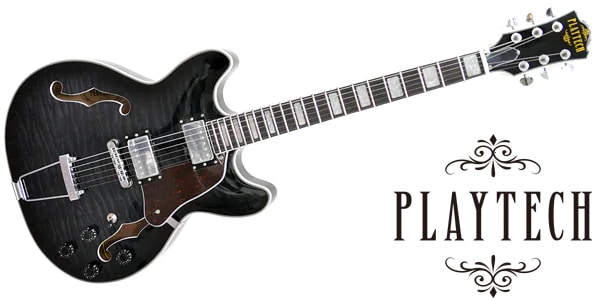
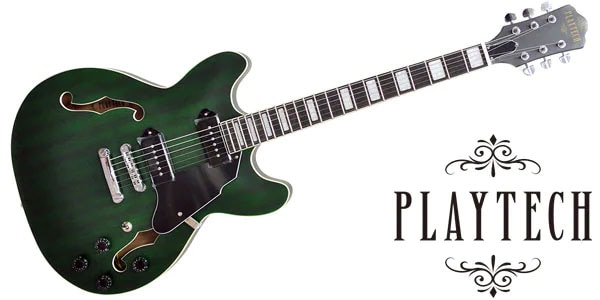
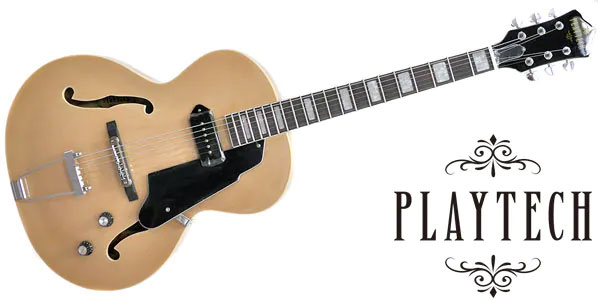
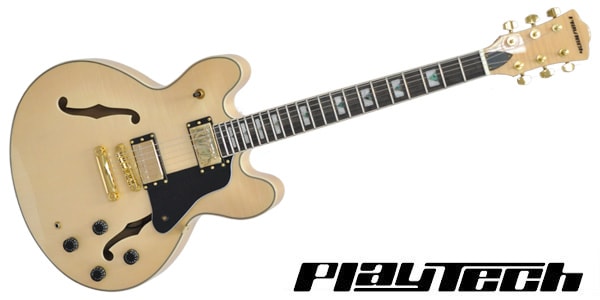
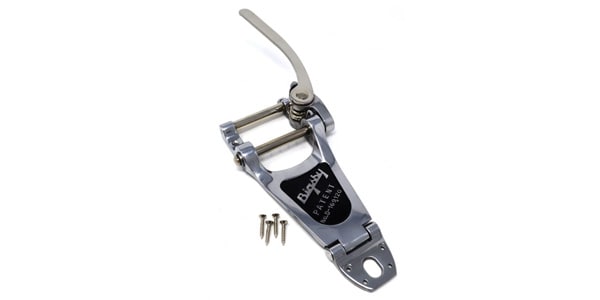
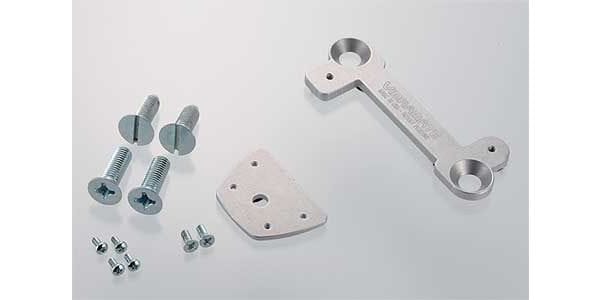
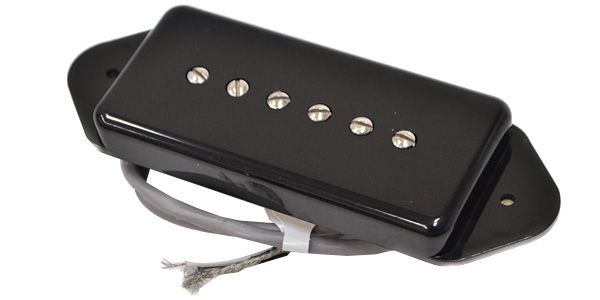
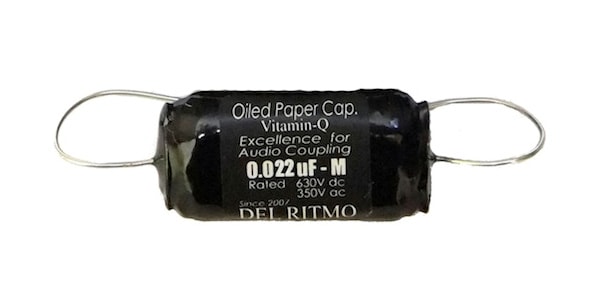
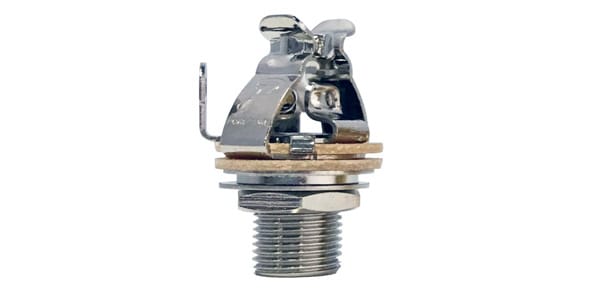
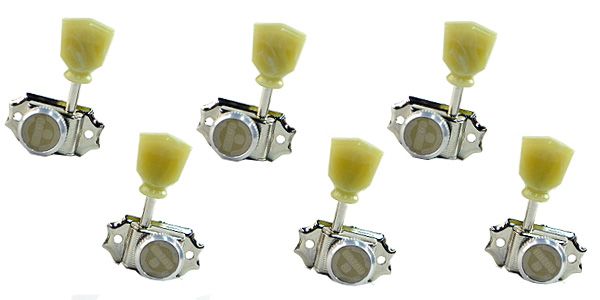
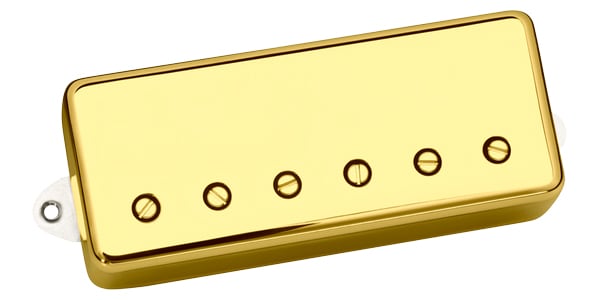
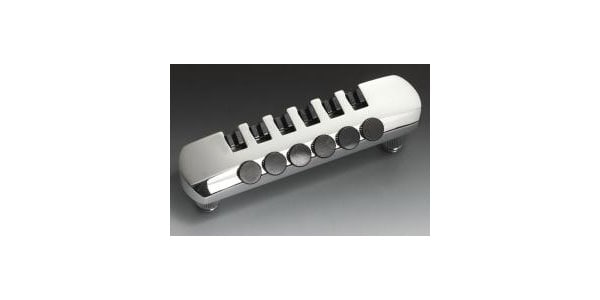
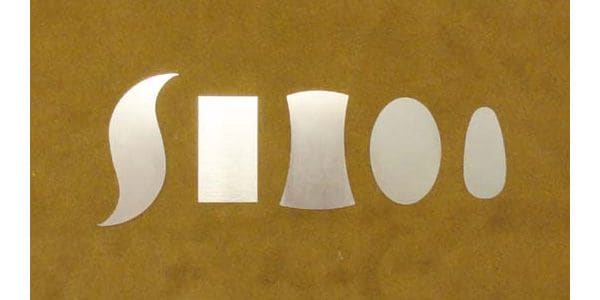
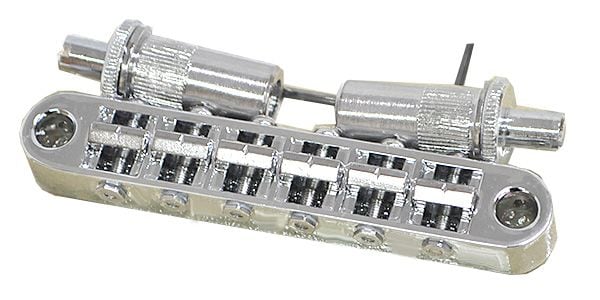
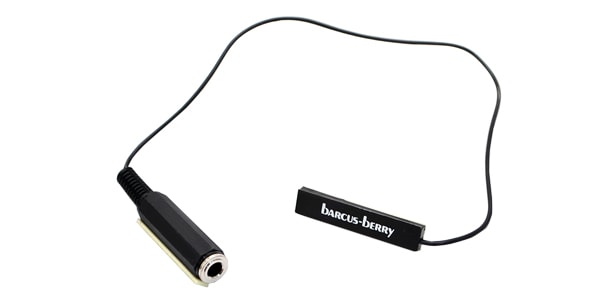
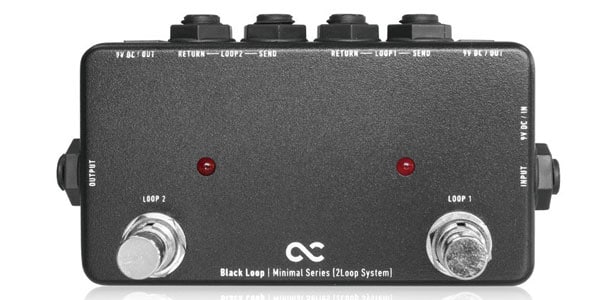
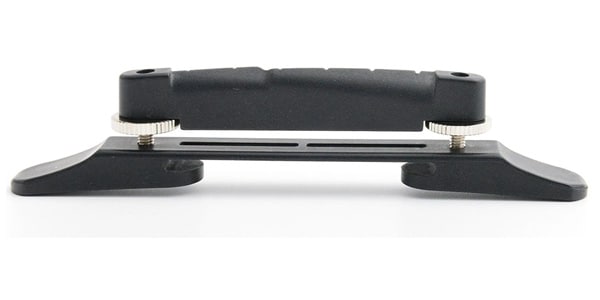
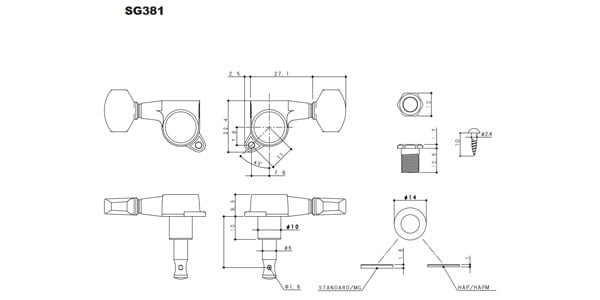
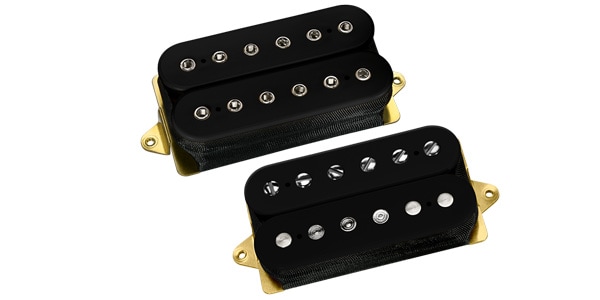
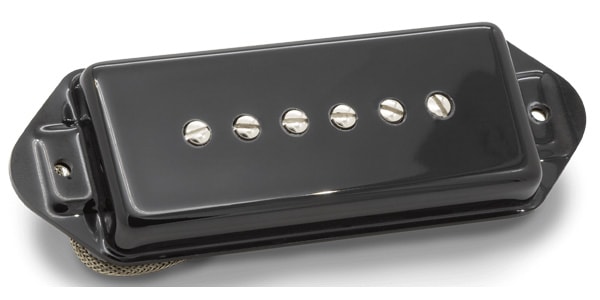
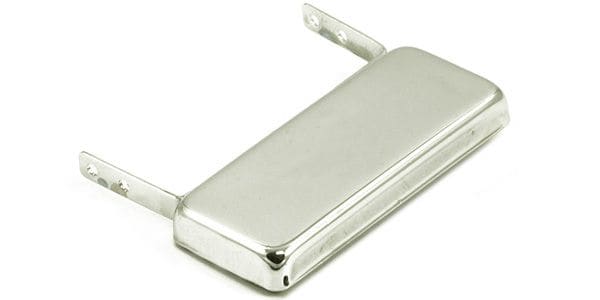
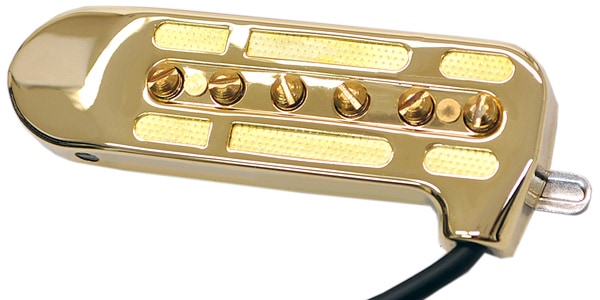























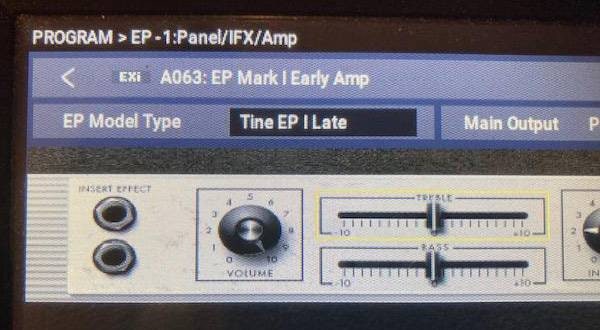




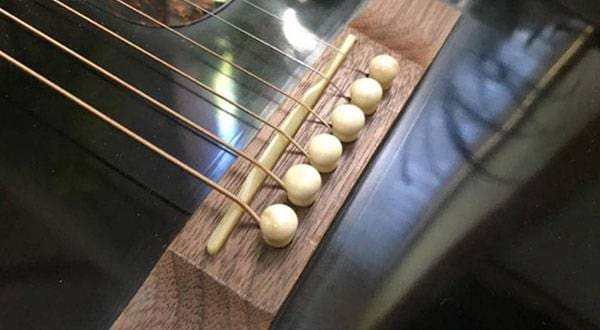
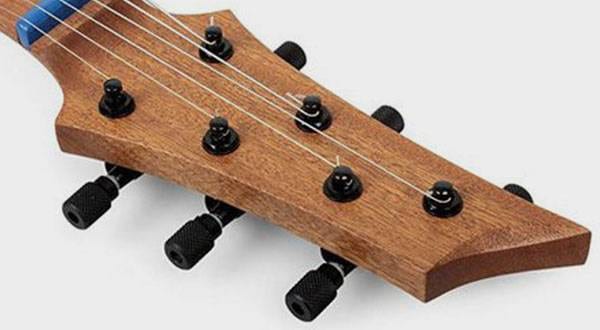
![[Guitar DIY] What is the best way for an amateur to remove paint?](/contents/uploads/thumbs/5/2020/12/20201216_5_11870_1.jpg)
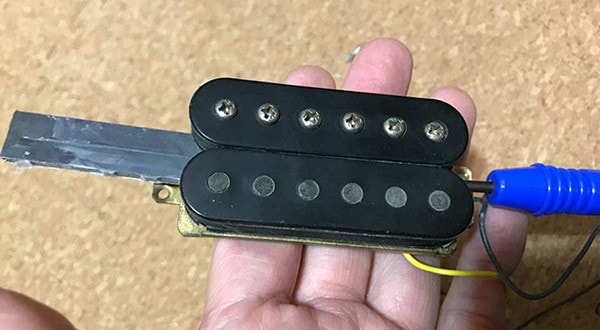
![[Acoustic guitar] Acoustic guitar or acoustic-electric guitar](/contents/uploads/thumbs/5/2020/9/20200923_5_11215_1.jpg)
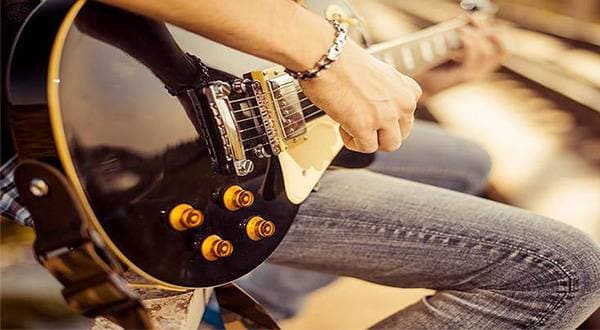
 ギターパーツの沼
ギターパーツの沼
 初心者必見!PLAYTECH 激スゴの理由!
初心者必見!PLAYTECH 激スゴの理由!
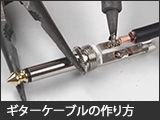 ギターケーブルの作り方
ギターケーブルの作り方
 超オススメのフレーズ道場 アコースティックギター
超オススメのフレーズ道場 アコースティックギター
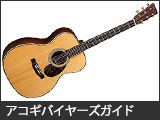 アコギの選び方
アコギの選び方
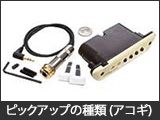 ピックアップの種類(アコースティックギター)
ピックアップの種類(アコースティックギター)
